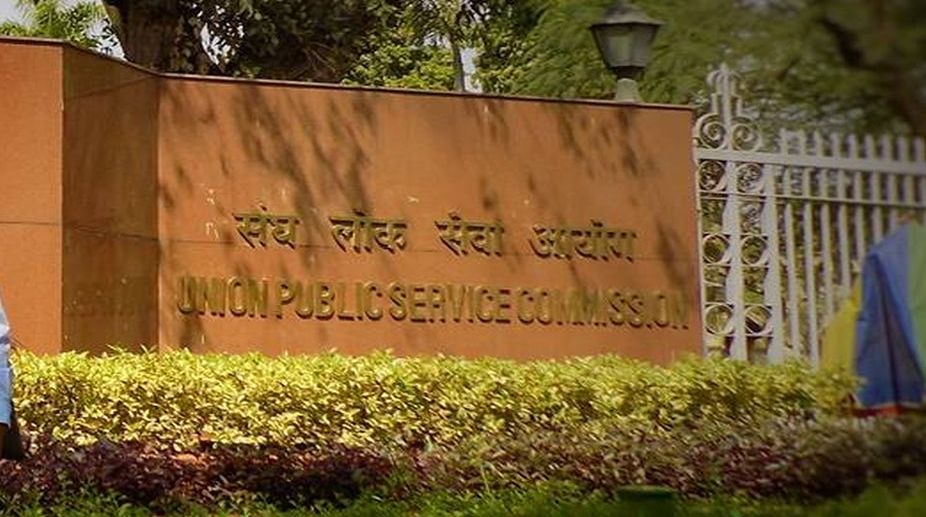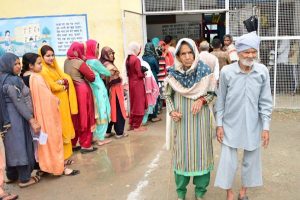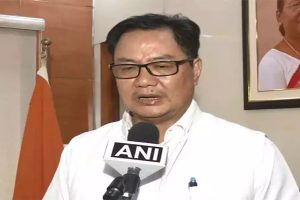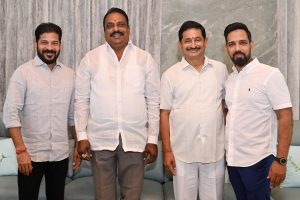“Lateral entry” is a recurring buzzword but with a difference. It has been bandied about for so long that it has become a farce, providing fodder to some journalists who could be out of work otherwise. It is as old as our Constitution.
It surfaces from time to time, enacted by players who are addicted to making a grab for a ‘prize’ that they may have missed out on, in the first instance. The expression implies that positions of prestige and authority in the Government of India should be ‘thrown open’ to all ‘experts in the field’, to be recruited from the ‘open market’.
The positions of authority, as perceived by them, are mainly the posts of Joint Secretary and above, which can be described as key policy-making slots that eventually help formulate official policy. Like the way to hell, the idea is persistently floated with the best of intentions. It is done in the name of “administrative reforms”.
The civil service in India needs to be “modernised”, to meet the challenges of the 21st century. The earlier British concept of “steel frame”, comprising informed generalists, is not suited for India any longer. Indeed, the litany of standard clichés fired from the armoury of its advocates is endless.
They are a determined, and discriminating lot, looking to the ‘prize’ coveted. According to conventional wisdom, there are three institutions the world over for which no better model has been discovered or invented by man.
These are the Roman Catholic Church, the trade union and also, of course, the civil service. All attempts at “reforming” these institutions have only ended up in damaging the system. The experience in India is similar, where the system suffered a major setback with the implementation of the Kothari Commission recommendations on ‘civil service reforms’ in the 1970s.
Kothari was a “bright academic”, but he lacked constitutional training or administrative experience. Prior to the Commission, the open competitive examination conducted by the UPSC was justifiably tilted in favour of the IAS and the IFS, with a higher initial salary so as to incentivise the best and the brightest to join the premier ‘federal service’, which would eventually man the top positions in the policymaking slots of the Union Government.
After all, the modern welfare state deserves the best advice, so as to ensure not merely good governance but the best. Those who could not make it to the IAS were allotted the Central Services, basically unitary in nature and under the Union Government.
Whereas the IAS is a federal service, these services are not federal.
And the still lower lot was allotted the police service. Though federal, it is uni-functional in character, mainly trained and experienced in investigation under Criminal law. Whereas the IAS exercises quasi-judicial powers under numerous laws, there is no such oportunity for any number of Central services or the IPS.
Administrative law defines quasi-judicial power as “administrative”. Kothari struck a deadly blow at federalism and equalised all services.
The irrationality of the idea cannot be grasped unless one studies the existing system, arguably the finest in the modern democratic world. The system is a priceless legacy of the British, whereby they gifted us the institution of an independent civil service trained in laws and the Constitution, to enforce the rule of law and ensure that it runs a Government of laws and not of men.
At present, the top posts in the Government are manned almost exclusively by members of the permanent civil service recruited through arguably the toughest open competition in the world. Almost three quarters of a million and more candidates appear for the examination. Finally, less than a hundred are chosen on merit.
The remaining fifty or even more are beneficiaries of the quota largesse… merit be junked. And the quotas are a leaking tap, which cannot be closed as there are no statesmen left in India.
The common entrance examination simultaneously recruits a few hundred officers to the various Central services, to man uni-functional, specialised services such as income-tax, audit and accounts, customs and excise etc.
The top hundred or so candidates recruited to the IAS man the only multifunctional service, trained and experienced exclusively for senior positions in the Government that require a broad understanding of the various subjects that go into the making of overall policy.
Apart from the IAS, two other services are all-India in character ~ the Indian Police Service and the Indian Forest Service.
But the comparison ends here, as these are uni-functional services, trained and experienced in enforcing a single law mostly, the Criminal Law and the Forests Act respectively.
There is no other exposure. The Indian Foreign Service is, incidentally, a Central service and has no exposure to the states. In the basic architecture of the Government, these uni-functional services serve in single directorates under single ministries ~ Home and Forests respectively. It was Prof.
Woodrow Wilson, the scholar-President of the US who succinctly defined the task of modern democratic government ~ “Now that we have framed the Constitution to enforce the rule of law, the more difficult task is to work it.”
This is the concept on which the IAS has been fashioned. It is the only trained magistracy to enforce the rule of law.
Members of the other two all-India services are not trained magistrates, thereby not equipped to man top positions in the Government. In constitutional terms, India, like the US, is a federation. The Government of India has no all-India service of its own.
It merely recruits the three services and places these at the disposal of the states. The federal government comes into the picture once these officers are deputed to man the positions in the Central Government. The Constitution refers to these three services as “common between the Union and the States”.
Hence, in constitutional terms, these three services alone are federal services, designed to work a Federation.
As Central services are not federal services, these uni-functional services are meant to man positions only under the Union Government. Unlike their IAS counterparts, they have a very limited exposure.
Their entire official career is largely spent in specialisation in a single law, whether it is the Income Tax Act or the Excise Act or the Accounts Code. Although they are christened IRS, IRTS, IAAS, these are somewhat of misnomers.
They should be rechristened as CRS, CRTS, CAAS etc.
(To be concluded)
(The writer is a retired IAS officer)











